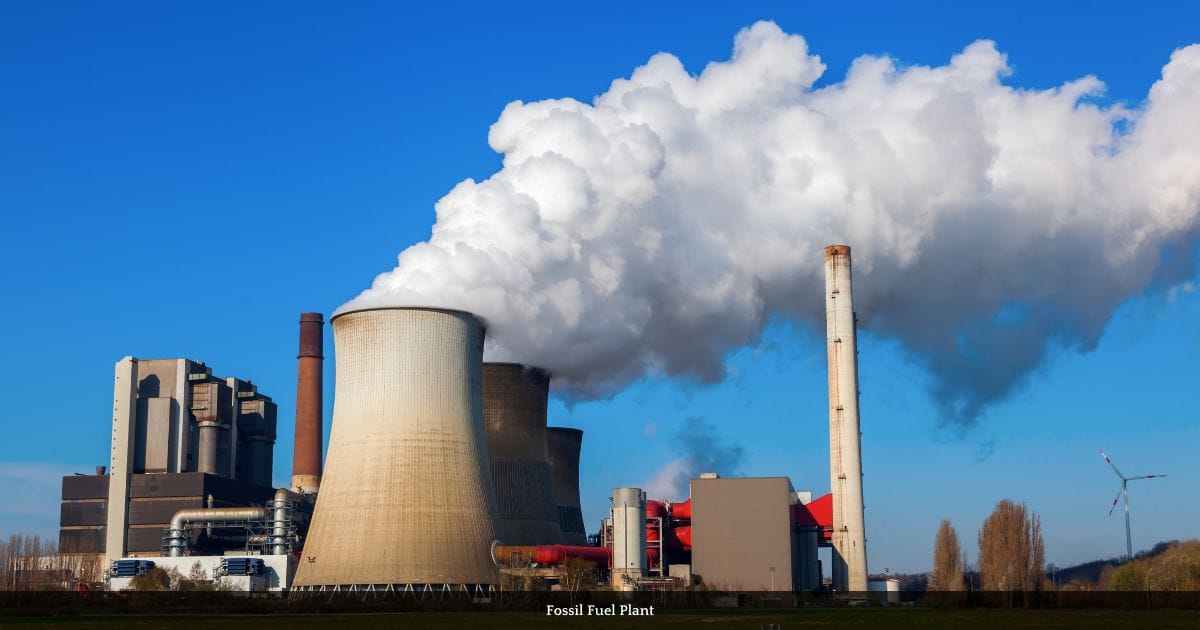Hoosier families that get a NIPSCO electric bill will pay an extra $6/month on average beginning in February 2023
NIPSCO recently initiated its quarterly Fuel Adjustment Clause (“FAC”) tracker before the Indiana Utility Regulatory Commission (“IURC”). The FAC tracker is an adjustable-rate mechanism which allows the utilities to adjust the price customers pay to reflect fluctuations in the cost of fuel used, like coal and fossil gas, and the costs of any purchased power used to supply electricity to ratepayers. The proceeding is docketed at the IURC as Cause No. 38706 FAC-137.
If approved by the IURC, the average NIPSCO residential customer electric bill will increase by $6.14 per month beginning in February of 2023 and continuing through April of 2023, according to NIPSCO’s filing. This proposed increase would be in addition to an average bill increase of $4.75/month that was approved by the IURC in NIPSCO’s previous FAC filing, which became effective on October 27th of this year. Additionally, this proposed increase is not included in and would be above and beyond the $19.69/month permanent bill increase that NIPSCO is seeking in their separate, pending base rate case before the IURC.
But wait, there’s more. NIPSCO also has two separate pending rate increases before the IURC, both related to costs for cleaning up some of its toxic legacy coal ash ponds at its Michigan City and Schahfer coal plants. “Hoosiers are already facing a dire utility affordability crisis, and NIPSCO is just making it worse by proposing rate increase on top of rate increase,” said Ben Inskeep, CAC Program Director.
A major reason for the looming increase in this case is that NIPSCO’s fossil-fueled power plants have not operated reliably, forcing NIPSCO to purchase more power, and at a much higher price, from the wholesale market than the Company originally anticipated. NIPSCO stated in its filing, “The differences [between forecasted and actual fuel costs] were primarily driven by volatility in commodity prices and a significant increase in purchased power volumes and costs because of reduced availability at NIPSCO’s coal-fired generation stations due to unexpected outages and reduced availability at NIPSCO’s [fossil-gas-fired] Sugar Creek generation station due to a planned outage during the Reconciliation Period.”
“NIPSCO is proposing another rate increase because its coal and gas plants have been unreliable. And that’s in addition to two pending rate increases that would allow it to profit on cleaning up its toxic coal ash ponds, as well as a separate pending massive rate increase in its base rate case where it wants regulators to significantly increase its allowed profit margin,” continued Mr. Inskeep. “There is no relief in sight for Hoosier families from the crushing weight of increasing utility bills as long as our policymakers continue to tolerate this avalanche of monopoly rate increases.”
In this filing, NIPSCO indicates that it performed “root cause analysis” reports to detail reasons for one or more of the fossil fuel power plant outages and the factors that contributed to them, but NIPSCO is keeping all of the reports on the outages secret from the public.
“Transparency in the regulatory process is critical for the public to have any confidence in the integrity of the regulatory process,” stated Kerwin Olson, CAC Executive Director. “Captive ratepayers are entitled to all of the information pertaining to rate increase requests from monopolies. Removing this shroud of secrecy is critical should the IURC force Hoosier consumers to turn over even more of their hard-earned money to a financially healthy monopoly.”






